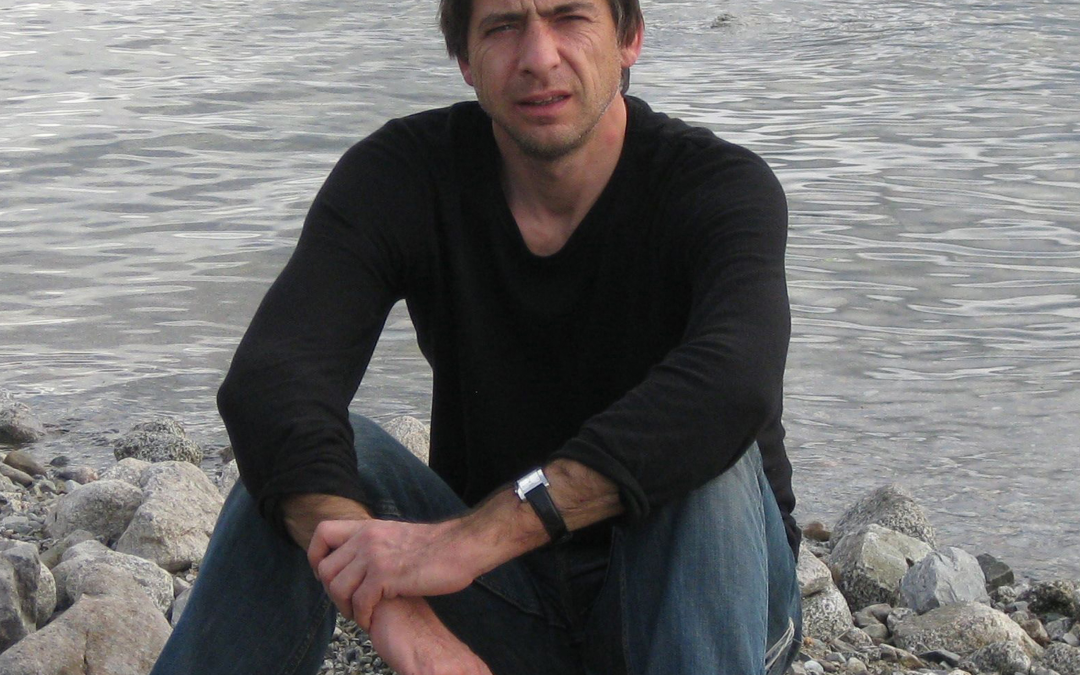By Tim Langford
The now sadly forgotten EVCOM Awards of the year 1425 were particularly outstanding. It was the height of the Italian Renaissance and staged in Florence’s magnificent Opera del Duomo (yes budgets were much bigger in those days). This was the great corporate communications live event of its day. The live events team had spent weeks finishing the beautiful fresco’s and diplomatically covering Michelangelo’s celebrated statue of David’s genitalia (just in case the events main sponsor Pope Leo X was affronted). You had to be there because that year’s nominations represented a great flowering of corporate visual communications creativity. Clients and corporates present included The cities of Florence and Siena (nominated for Best Brand Communication and Best Corporate Image – not that they acknowledged each other as these great rivals were forever poaching each other’s top creatives like Donatello); the venerable Florence Guild of Wool Weavers (nominated in Best Agency – Lorenzo Ghiberti – and Client Collaboration for the stunning East doors of the Opera baptistery); The House of Medici (seeking to re-position their brand after some reputational damage) aka the ‘bankers of Europe’ (the equivalent of The ECB, European Central Bank of today); and at the top table EVCOM’s most distinguished sponsor Pope Leo X (actually one of the Medici’s otherwise known as Giovanni di Lorenzo de’ Medici) the great patron (client in other words) of the arts who had a sophisticated understanding of cinematic messaging because he commissioned creatives to spread the messages of Christianity as visual stories to a large European targeted demographic – the illiterate…
Ed. – “Tutto pepe, mamma Mia! Tim the brief was for a Word from the Board not some facetious and fallacious nonsense about thee greatest period of European Art. Corporate comms, clients!? Anyway, The Renaissance is all about the art and the artists.”
Here’s the thing. This historical period of revered medieval art is all about corporate communications and, furthermore, extraordinarily pertinent to today. The years 1400-1425 are the golden years of the Renaissance in Florence and the key driver for the art that was produced in Florence from the 1400s onwards was in fact the patrons – aka, clients – themselves. Distinguished academic Mihaly Csikszentmihalyi, in his seminal book ‘Creativity’, makes a compelling case that the cities urban leaders “…actively demanded novelty from artists”. The beginning of production had less to do with the artist-creative being inspired but rather “it’s the task set by the customer” that acted as the inspiration. Florence had amassed great wealth but was in active competition with cities like Siena (competing city brands conscious of their image, reputation, and status) and they set out to invest in the creation of ‘a new Athens’. For example, the architectural centre piece The Opera del Duomo (now a museum) was supervised by a board of political and business leaders and their personal reputation was at stake in their choice of plans. For eighty years they held out for a truly imaginative dome design until Filippo Brunelleschi submitted a radical, daring and innovative set of plans based on the Roman Pantheon.
The Guild of Wool Weavers drew up specifications (in other words – a brief) and invited the submission of drawings (a pitch with storyboards) from artists for the north and east doors of the Opera baptistery; a series of panels illustrating themes from the Old Testament. They then paid five finalist artists and gave them a deadline of one year to create mockups. 21-year-old artist Lorenzo Ghiberti’s mock-up won. It then took him 47 years to finish the bronze panels in the doors but then again, these artists were freelancers, and he was working on other jobs for the Medici’s at the same time!
These clients didn’t just throw money at artists. They controlled, motivated, incentivized, and encouraged artists; they evaluated and strategically selected the artistic work they wanted done in order to build brand and corporate image, enhance brand equity and project messaging to wider audiences. They prized artisanal craft skills – and the artists themselves not only learnt new skills, they then built their creative, artistic reputation off the back of this commissioned work. These artists were sometimes akin to Creative Directors, because they hired teams of artisans (niche specialists): think about the craft and technical skills of a camera crew, designers, editors of today, and their equivalents were working on the likes of the Sistine Chapel.
If you have ever wondered why artists came to sign their paintings, well it’s because The Renaissance created a revolving market of artists who freelanced in rival Italian independent city-states like Florence. Artists were always keen to sign their work (and avoid being copied) and build their own reputation amongst the buyers of their services. They each had a personal stylistic signature and that was reinforced by their own signature. Arguably, today pre-eminent creatives and agencies have a signature too…
Ed. – “Basta, basta…Let’s get on with announcing the Gold winners of the 1425 EVCOM Awards…”
Well, the city of Florence pretty much cleaned up that year (sound familiar?)…
Agency of the Year – The city of Florence.
Rising Star Agency – 21-year-old Lorenzo Ghiberti.
Best Agency and Client Collaboration – Lorenzo Ghiberti and the Guild of Wool Weavers of Florence for east doors of the Opera baptistery.
Cinematography Award – (ok this one is a stretch as the camera is not yet invented) goes to Gentile da Fabriano’s painting of the Adoration of the Magi for his client Palla Strozzi (a rich banker in Florence). The judges commented – ‘a sublime use of light and colour which projects the clients objectives: family image, piety and status…’
Brand Communication – Filippo Brunelleschi and the supervising board of The Opera del Duomo, Florence.
Epilogue – client, patron and main sponsor Pope Leo X, Giovanni di Lorenzo de’ Medici, despite his many nominations for artistic work he personally commissioned, failed to pick up a Gold that year. He did, though, receive an EVCOM Fellowship the following year.



